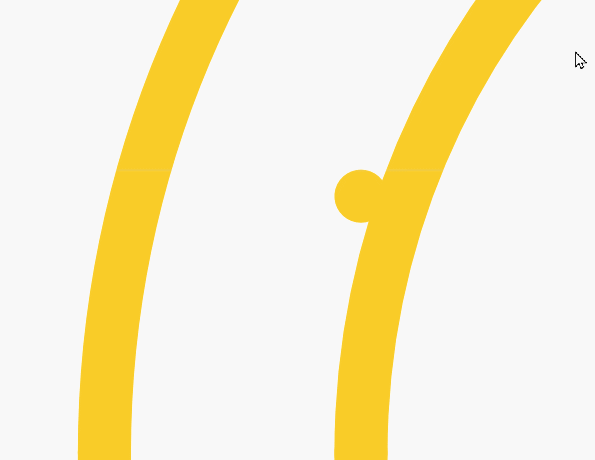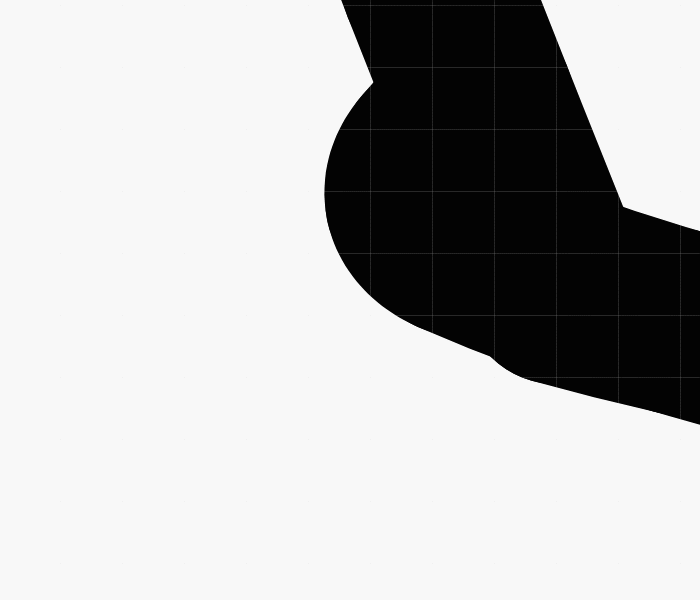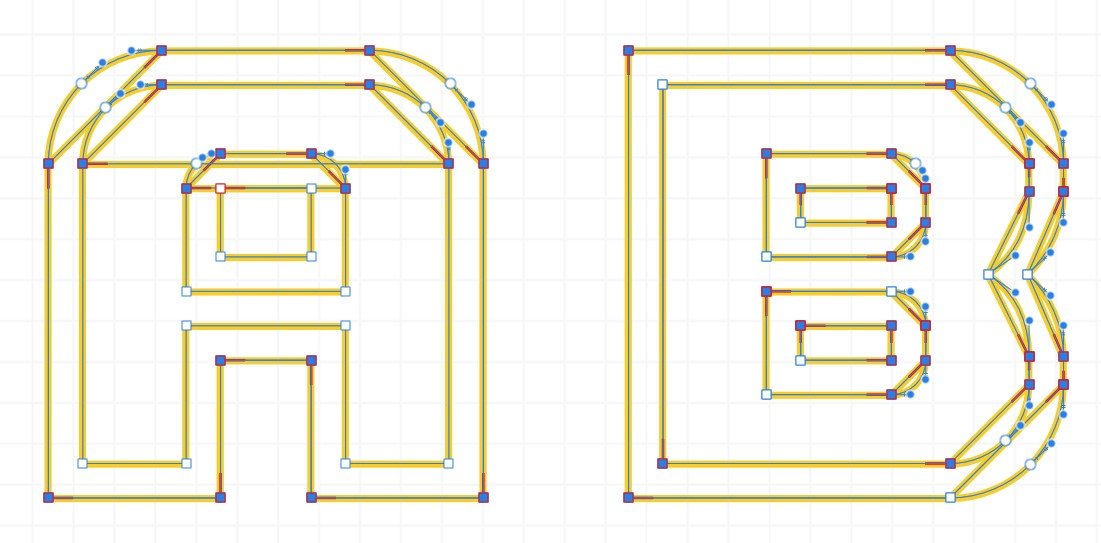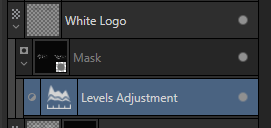-
Posts
286 -
Joined
-
Last visited
Everything posted by eobet
-
🤣🤣🤣 This is from the company who brag posted "ain't nobody acquiring us". I hope nobody trusts a word of this. It's literally from the VC playbook: https://mastodon.cloud/@designthinkingcomic/112172752241749103
-
For the doubters, as with any VC funded company (who also dabbles in AI), this is what will inevitably happen: https://americandialect.org/2023-word-of-the-year-is-enshittification/ So now it's only a question about WHEN, but the shitty thing is that Affinity quite recently denied there even was a question of IF: Now that their true colors have been revealed, you can't trust anything anyone from that company says ever again and we can safely assume that the timeline to things going down the drain has been accelerated. https://mastodon.cloud/@designthinkingcomic/112172752241749103 So... guess I'm forced to look at Inkscape once again for an Illustrator alternative. At least there's some more options for Photoshop alternatives. Not really any alternatives for Indesign, though? At least not for Linux (which I'm probably moving to in the next few years due to the similar crap happening to Windows).
-

How to join all curves in a DXF import?
eobet replied to eobet's topic in Affinity on Desktop Questions (macOS and Windows)
Nope. However, I noticed that flood fill does work as expected after you selected something. Still, tedious work. A join all which actually joined all continuous would be welcome (again, especially for open curves)! (EDIT: Though I guess doing booleans is about as many clicks as flood fill... but the case for open curve still stands.) -

How to join all curves in a DXF import?
eobet replied to eobet's topic in Affinity on Desktop Questions (macOS and Windows)
I tried most options and combination of options. Nothing seems to be intuitive or work well. And again, flood fill only works in the case of enclosed separated curves. If you have open shapes imported via DXF, you're still screwed. -

How to join all curves in a DXF import?
eobet replied to eobet's topic in Affinity on Desktop Questions (macOS and Windows)
That flood fill doesn't give very good results out of the box either. A mass join of line ends by end point proximity would be a very welcome feature here. It's pretty common in both the CAD world (where this file originates from), and the mesh world... (I actually prefer to use Rhino for accurate linework like font and logo creation... it has much more streamlined precise tools for snapping, copying, movement, mirroring, patterns, tangency matching, smooth blending etc etc...) -
Fantastic to finally have DXF import, but that means that all curves are split or separated. So, how do you join thousands of curve segments automatically in Affinity, where the start point on one curve is exactly on the end point of another? Geometry - merge curves does not work, because all curves become a single object, rather than one object per continuous curve. Also, that option doesn't seem to merge anything at all, because when you do separate afterwards, they split into the exact same segments rather than continuous curves... Next question is, can you simplify (reduce points) on these curves without loosing too much detail?
-
Well, I took the result from Illustrator back into Designer and continued with the entire illustration, and then it came time to export it as an SVG/PDF the output was absolutely horrible. Green result is Illustrator's export, and red result is from Affinity (both outside aligned strokes). add problem.svg
-

Merge levels adjustment in mask?
eobet replied to eobet's topic in Affinity on Desktop Questions (macOS and Windows)
I just noticed that after saving the .afphoto file and opening it again, the mask is merged. I may have opened the file in Designer in between but this is a bit unforgivable as it's destructive (even though in this occasion it was what I wanted). Similarly, I'm now fairly certain that I dragged a bitmap into a layer and it became a mask by mistake, and after opening the .afphoto file again, that bitmap was just a white rectangle... -
I have a previously saved print document which I now want to change to web, and change the units to pixels. Regardless of how many times I open document settings and change to web, the next time I open it, it says print again. Similarly, even though units does say pixels, when I go to a previously created object, the stroke width says points. Even if I type 1px to change the stroke, it still converts it to points. This is version 2.3.0.
-

Thanks Apple, I hate it
eobet replied to eobet's topic in Affinity on Desktop Questions (macOS and Windows)
-
-
Ah, just found the answer by accident... it's apparently "lock children", an option which appears when you click on the masked image. Still feels very backwards! Also, adding to the unintuitive behavior, the transform rectangle is only sized to the original clipped area, not the actual image size, so moving it around is done blindly when it comes to finding the image boundaries...
-
Masking in Designer feels very unintuitive! I dropped an image into a document, and the way I found to create a mask from a curve on that image was to place the curve above it and use "mask to below". But the result of that is that the curve is a child to the image, and not the other way around which feels more logical. Further, I have no idea how to move the image without moving the mask. How can one do that?













